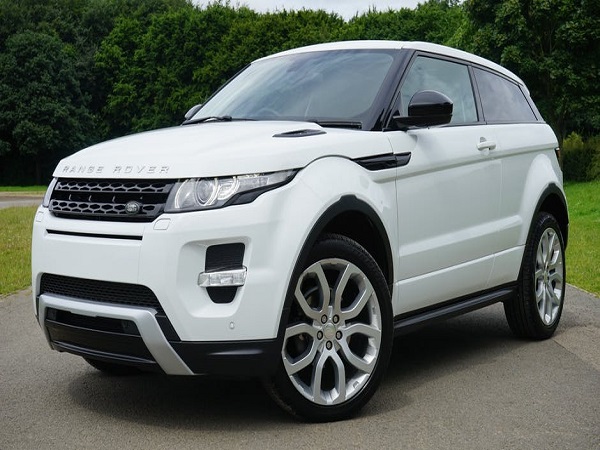One of the most frequently asked questions when it comes to window tinting is window tint percentage. Each state has its own state laws when it comes to the allowable reflectivity for the window tints.
One reason some states limit too dark mobile window tint is due to security. With this being said, it is important for you to be aware of your own state laws pertaining to this. It will also be helpful if you’re aware of other states’ window tint percentage in case you travel.
Take a look at the allowable window tint percentage based on reflectivity below:
- Alabama – Not more than 20% reflectivity.
- Alaska – Metallic and mirrored tinting is not allowed.
- Arizona – Not more than 35% reflectivity.
- Arkansas – Metallic and mirrored tinting is not allowed.
- California – Not reflective than a standard window.
- Colorado – Metallic and mirrored tinting is not allowed.
- Connecticut – Not more than 21% reflectivity.
- Delaware – Metallic and mirrored tinting is not allowed.
- Florida – Not more than 25% reflectivity.
- Georgia – Not more than 20% reflectivity.
- Hawaii – Metallic and mirrored tinting is not allowed.
- Idaho – Not more than 35% reflectivity.
- Illinois – Nothing should be reflective.
- Indiana – Not more than 25% reflectivity.
- Iowa – No excessive reflection is allowed, but it is not specified.
- Kansas – Metallic and mirrored tinting is not allowed.
- Kentucky – Not more than 25% reflectivity.
- Louisiana – Not more than 20% reflectivity.
- Maine – Nothing should be reflective.
- Maryland – No law passed pertaining to the use of window tint.
- Massachusetts – Not more than 35% reflectivity.
- Michigan – Not more than 35% reflectivity.
- Minnesota – Not more than 20% reflectivity.
- Mississippi – Not more than 20% reflectivity.
- Missouri – Not more than 35% reflectivity.
- Montana – Not more than 35% reflectivity.
- Nebraska – Not more than 35% reflectivity.
- Nevada – No law passed pertaining to the use of window tint.
- New Hampshire – Metallic and mirrored tinting is not allowed.
- New Jersey – Metallic and mirrored tinting is not allowed.
- New Mexico – No law passed pertaining to the use of window tint.
- New York – Metallic and mirrored tinting is not allowed.
- North Carolina – Not more than 20% reflectivity.
- North Dakota – Metallic and mirrored tinting is not allowed.
- Ohio – Not reflective than a standard window.
- Oklahoma – Not more than 20% reflectivity.
- Oregon – Not more than 13% reflectivity.
- Pennsylvania – Metallic and mirrored tinting is not allowed.
- Rhode Island – No law passed pertaining to the use of window tint.
- South Carolina – Nothing should be reflective.
- South Dakota – Metallic and mirrored tinting is not allowed.
- Tennessee – Metallic and mirrored tinting is not allowed.
- Texas – Not more than 25% reflectivity.
- Utah – Metallic and mirrored tinting is not allowed.
- Vermont – Metallic and mirrored tinting is not allowed.
- Virginia – Not more than 20% reflectivity.
- Washington – Not more than 35% reflectivity.
- Washington D.C. – No law passed pertaining to the use of window tint.
- West Virginia – It should be 20% reflective.
- Wisconsin – No law passed pertaining to the use of window tint.
- Wyoming – Not more than 20% reflectivity.
Bottom line is work with a window tint company that’s knowledgeable enough with window tint percentage as per state laws.
